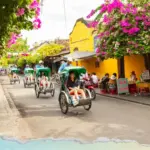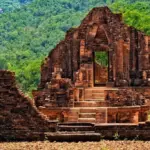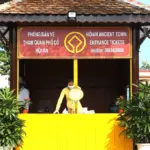What Makes Hoi An Ancient Town Famous?
Hoi An Ancient Town is a living testament to history, recognized as a UNESCO World Heritage Site. Its fame stems not only from centuries-old architecture but from a tapestry of traditions woven through its streets. Situated in Quang Nam Province, Vietnam, Hoi An preserves its original trading port layout from the 15th to 19th centuries. Walking its narrow pathways, you see why people around the world search: “what is Hoi An famous for?”
Most visitors find themselves charmed by the glow of Hoi An lanterns, which transform the town into a river of light on each full moon. These lanterns, a symbol of the town, represent peace and prosperity. Unlike rapidly modernizing cities, Hoi An thrives on a commitment to façade preservation, multicultural fusion architecture, and slow living. Here, ancient houses blend Vietnamese, Chinese, and Japanese design, all beside the gentle Thu Bon River (see map).
While nightlife remains subdued, Hoi An radiates during its Lantern Festival, attracting visitors with its vibrant colors and festive air. Cultural highlights of Hoi An include tailor-made clothes, preserved clan houses, and daily rituals practiced by locals. If you seek a Vietnam experience that’s slow, deep, and meaningful—without the noise or crowds—ovuigo recommends Hoi An Ancient Town (see map) for a journey through time.
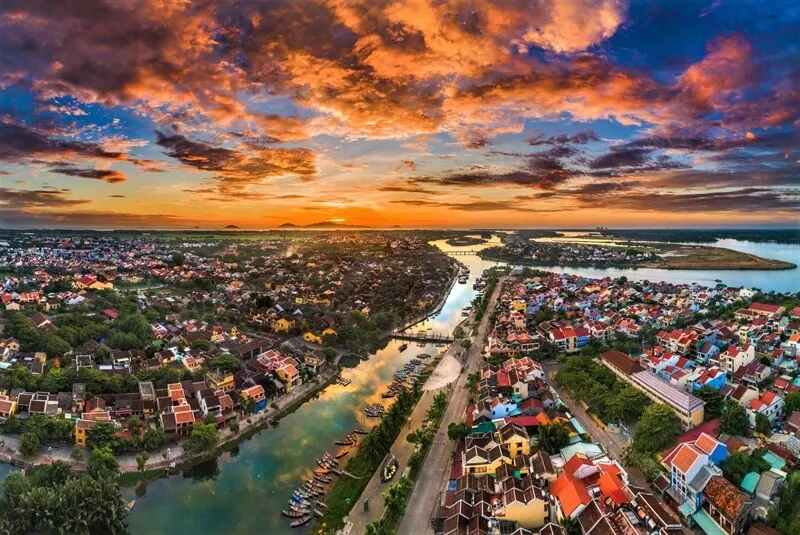
Exploring Iconic Landmarks: Japanese Covered Bridge, Thu Bon River, and Ancient Streets
Among the must-see attractions in Hoi An, none is more iconic than the Japanese Covered Bridge (see map) (Chùa Cầu). This 18th-century structure connects the town’s Japanese and Chinese quarters, symbolizing harmony among cultures. Elaborately carved dragons, lotuses, and animals adorn the bridge, and the pedestrian passage offers a peaceful respite from the busy streets. Entry to the old town, which grants access to the bridge and several historic sites, is 120,000 VND (about $5 USD).
The Thu Bon River, flowing alongside the old town, serves as Hoi An’s lifeline. In the evenings, lantern-lit boat rides become an enchanting ritual. Strolling the ancient streets, visitors admire houses with yellow walls and moss-covered roofs that have stood for generations. These ancient streets (see map) are ideal for discovering the multicultural fusion architecture—French, Chinese, Japanese, and Vietnamese—all coexisting with harmony. To explore, simply get a map from your hotel or download one online. Then walk from the Japanese Bridge through Tran Phu, Nguyen Thai Hoc, and Bach Dang streets, stopping at Chinese temples and community halls.

The Art of Lantern Making and Hoi An Lantern Festival
Lanterns are the soul of Hoi An Ancient Town. The craft of lantern making began centuries ago as a way to ward off bad luck and bring fortune. Artisans use bamboo frames, colored silk, and traditional techniques passed down through generations. Visit a lantern workshop—for example, the Lantern Making Class at 100 Nguyen Phuc Tan (see map), where hands-on classes cost from 150,000 to 350,000 VND per person.
The Hoi An Lantern Festival (see map) occurs each full moon. From sunset, the old town lights up. The river glows with drifting paper lanterns released for luck. Join locals making lanterns, or take a lantern boat tour on the Thu Bon River. For travelers wanting a practical, unforgettable ritual, simply purchase a lantern at the night market (about 10,000-20,000 VND), make a wish, and release it on the water. This festival brings together history, spirituality, and pure beauty in a way few places in Southeast Asia can match.
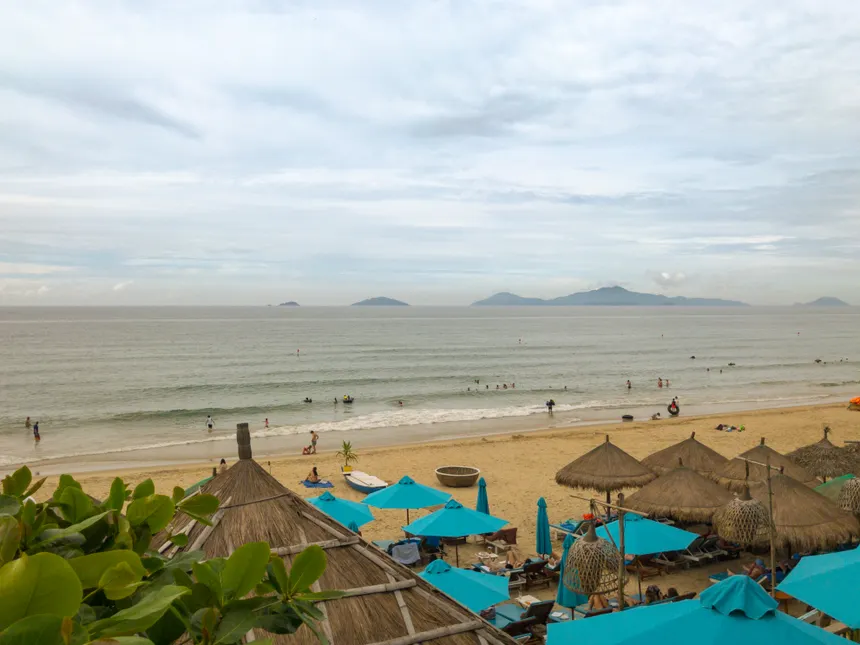
Tailor Shops, Traditional Crafts, and Shopping in Hoi An
Hoi An is rightly called the tailoring capital of Vietnam. Dozens of tailor shops line the historic streets, offering bespoke suits, ao dai, dresses, and casual wear made to order in as little as 24 hours. Blue Chic Tailor (see map) and Loc Loc Tailor (see map) are trusted names. Prices range from 900,000 VND (~38) for a dress to 2,000,000 VND (~85) or more for a custom suit.
Besides clothes, Hoi An’s night market (see map) and riverside market (see map) are treasure troves for local handicrafts—silk lanterns, embroidered art, wood carvings, and herbal teas. To shop, bring cash, and don’t hesitate to negotiate respectfully. For the most meaningful purchases, try visiting family-run craft shops where you can watch the artisans work.

Savoring Hoi An Street Food and Local Cuisine
Hoi An is a paradise for food lovers. Begin with cao lau, a noodle dish unique to the region, and sample banh mi from street stalls. The night market (see map) and riverside markets offer an array of Hoi An street food: white rose dumplings, fried wontons, mi quang, and sweet corn pudding are all must-tries. Prices at local stalls range from 15,000-50,000 VND per dish (less than $2 USD). Pull up a tiny stool, eat with locals, and indulge in Vietnam’s culinary tradition.
For practical exploration, start at Hoi An Market early in the morning for authentic breakfast dishes, then wander toward the river for snacks and desserts in the afternoon. Remember, dishes are made fresh to order and the best flavors are found where you see the most locals eating. To truly understand what makes Hoi An famous, savor the daily ritual of eating in the open air as the sun sets over the old yellow walls.
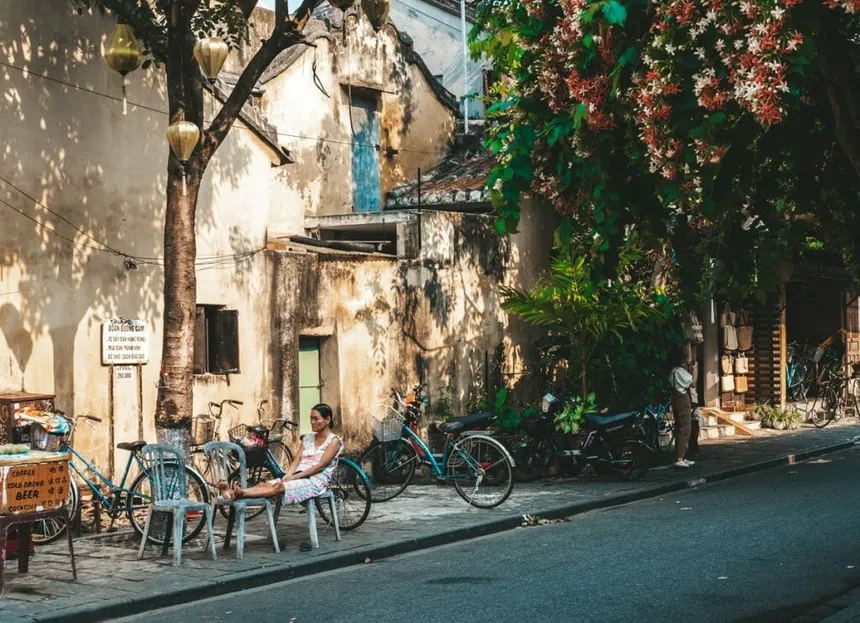
Nearby Attractions: My Son Sanctuary, An Bang Beach, Marble Mountains, and More By Ovuigo
Step outside Hoi An for unforgettable experiences in Central Vietnam. My Son Sanctuary (see map), a UNESCO World Heritage Site, is a complex of Hindu temple ruins dating from the 4th to 14th centuries. Entry is 150,000 VND (about $6.5 USD); arrive early to avoid the sun and crowds.
An Bang Beach (see map) offers a quiet escape just 4 km from Old Town—rent a bike or taxi, bring a swimsuit, and enjoy the clean sand with free public access. The Marble Mountains (see map) in Da Nang are a scenic cluster of marble and limestone hills, famous for caves, Buddhist temples, and panoramic views (entry: 40,000 VND, or $1.7 USD).
Other nearby attractions include the Cham Islands (reached via boat tours), and the vibrant regional cities of Da Nang and Hue. For practical planning, book tours or transfers via reputable providers, bring water, sun protection, and always check opening times. Each destination enriches your understanding of the Hoi An region—a living crossroads of culture, history, and natural beauty.
Ready to begin your story in Hoi An?
We don’t run tours — we craft experiences. Each journey is a story written just for you, designed for those who wish to explore Vietnam slowly, deeply, and meaningfully. No fixed itineraries. No crowds. Just you — and the moments that truly matter. Contact us on Whatsapp to start planning your unforgettable Hoi An experience together.
For the most inspiring stays in Hoi An, discover The Manor Hoi An, Hola 1, and Hola 2.


